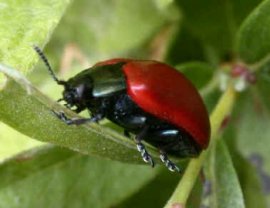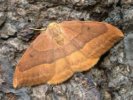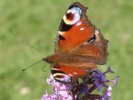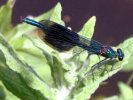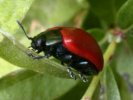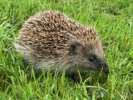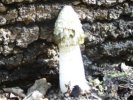
Wildlife
The rich variety of habitats to be found within the Northwich Woodlands is home to many forms of wildlife. Over 2100 different animals and plants have been recorded by visiting naturalists. These include over 220 species of bird, 300 moths, 26 butterflies, 19 dragonflies, 150 beetles, 30 mammals, 100 Fungi and nearly 300 plants.
The open water areas provide breeding and wintering sites for ducks, with up to eleven species present in the winter. The muddy edges attract passage waders such as dunlin, redshank, ringed plover and sanderling. Rarer species have included long-billed dowitcher and stilt sandpiper. A visit in May or late July through to September can produce the most waders. The large area of water, including Budworth Mere, also attracts terns in the spring and autumn. Several plant species are associated with the saline conditions. These include sea-aster, sea club-rush and wild celery.
On deeper water great crested and little grebes breed. Breeding duck include gadwall and tufted duck. Kingfisher and grey wagtail can be seen along the streams that run through the site. Smaller ponds, like those on Dairy House Meadows and within Anderton Nature Park support several species of dragonfly along with common toad, common frog, smooth newt and great crested newt.
The limebeds are important for the plant communities. Many of the species that occur on the limebeds, such as creeping willow and marsh helleborine, are most often associated with coastal dune systems. Other plants include marsh and fragrant orchids, common centuary and yellow-wort. The short grassland is favoured by several butterfly species. Cheshire's stronghold for the dingy skipper, a Local Biodiversity Action Plan species, is on Ashton's Flash. Other butterflies to be found include small copper and small heath. During the winter barn, short-eared and long-eared owls can be watched at dusk as they hunt over the grassland areas in search of voles and other small mammals.
The reed beds come alive in the spring to the sound of migrant sedge and reed warblers and also provide safe nesting sites for grebes. In the winter water rail can be heard squealing from the reed beds around Budworth Mere and also from the side of the Haydn Pool. Bitterns can be seen in the reedbed at Budworth Mere most winters, sometimes staying into March.
The birch and oak woodlands within the area support good numbers of woodland birds all year round. All three species of woodpecker can be seen in Big Wood at Marbury Country Park. The wildflowers in the woodlands are typical of ancient woodlands with bluebell, wood anemone, wood sorrel and dog's mercury all present. Woodland butterflies include speckled wood and purple hairstreak. The birch woods, which are colonising the various limebeds, are a good place to look for mushrooms and toadstools.



